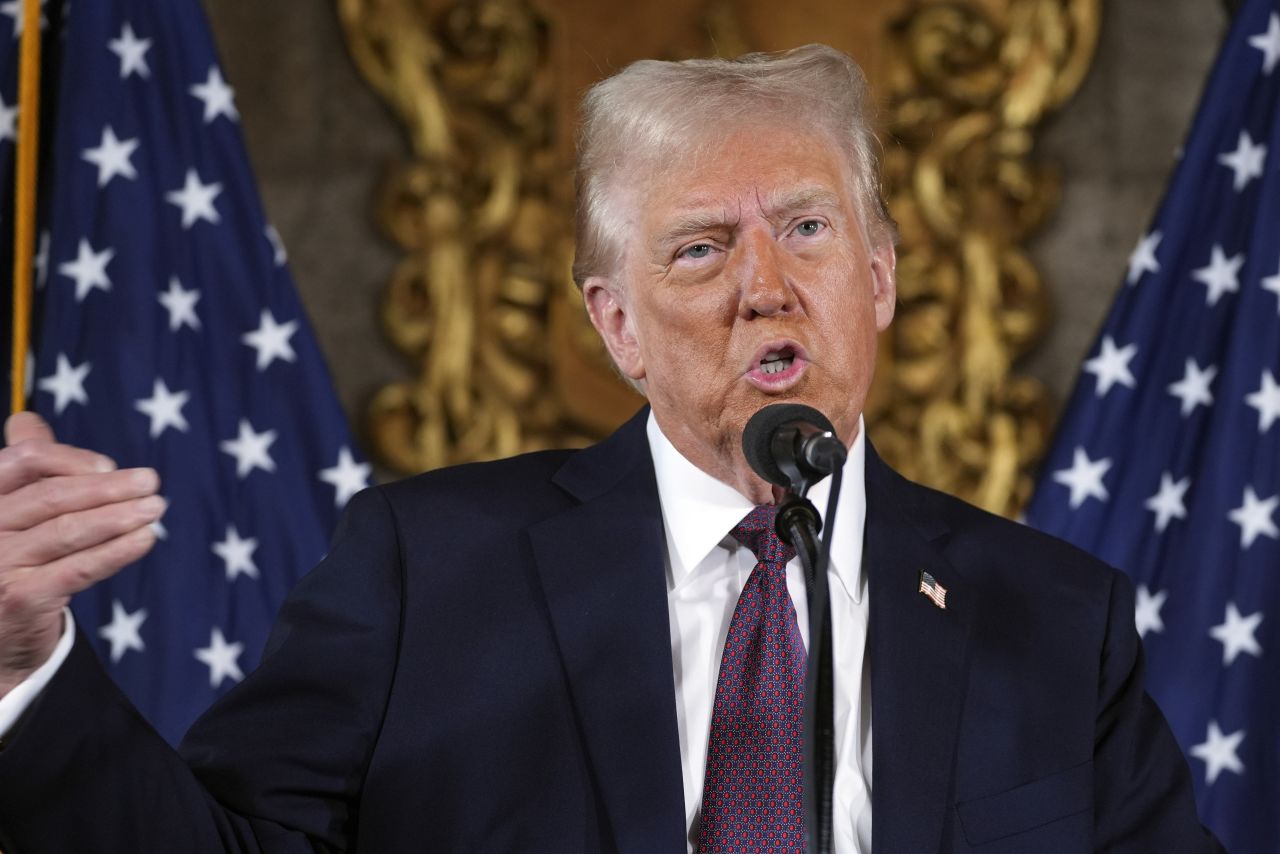United States President Donald Trump has signed executive orders to impose 25 per cent tariffs on steel and aluminium imports from March 12, despite warnings from Europe and China.
The European Union has however swiftly vowed to retaliate with “firm and proportionate countermeasures”.
In an executive order released Monday, Trump said, “As of March 12, 2025, all imports of aluminium articles and derivative aluminium articles from Argentina, Australia, Canada, Mexico, EU countries, and the UK shall be subject to the additional ad valorem tariff.”
He issued a separate order for steel, which said it would apply to all imports from the same countries the aluminium tariffs hit, as well as to Brazil, Japan and South Korea.
“I’m simplifying our tariffs on steel and aluminium,” Trump said earlier in the Oval Office. “It’s 25 per cent without exceptions or exemptions.”
The tariffs also appeared to indirectly target China, with the executive orders detailing how certain countries, particularly Mexico were “using” their exemptions to get Chinese imports into the United States.
“Chinese producers are using Mexico’s general exclusion from the tariff to funnel Chinese aluminium to the United States through Mexico,” Trump claimed.
Mexico’s increased volume of steel imports from China also “support a conclusion that there is transhipment or further processing of steel mill articles from countries seeking to evade quantitative restrictions.”
Canada, Mexico and Brazil are among the biggest steel importers to the United States, followed by South Korea.
South Korea’s acting President Choi Sang-mok vowed on Tuesday to protect domestic firms’ interests and reduce uncertainties “by building a close relationship with the Trump administration and expanding diplomatic options.”
Trump had also signalled that he would look at imposing additional tariffs on automobiles, pharmaceuticals and computer chips, and promised an announcement on Tuesday or Wednesday on broader “reciprocal tariffs” to match the levies other governments charge on US products.
During his 2017-2021 presidency, Trump imposed sweeping tariffs as he believed US industries faced unfair competition from Asian and European countries.
Canadian steelmakers warned of “massive” disruption, while the European Commission said it would “react to protect the interests of European businesses, workers and consumers from unjustified measures.”
EU chief Ursula von der Leyen also slammed Trump’s decision, vowing the bloc would retaliate.
“Unjustified tariffs on the EU will not go unanswered — they will trigger firm and proportionate countermeasures,” she said in a statement.
German Chancellor Olaf Scholz said the bloc will provide a united front to Washington, though “I hope that we are spared the misguided path of tariffs and counter-tariffs.”
French President Emmanuel Macron vowed in an interview aired Sunday to go head-to-head with Trump over his wider tariff threats against the European Union, though he also said the United States should focus its efforts on China.
Britain’s steel industry body called the tariff plan a “devastating blow.”
But Trump went ahead with tariffs on China, the world’s second-biggest economy, with products entering the United States facing an additional 10 per cent levy.
Chinese retaliatory tariffs targeting US coal and liquified natural gas came into play on Monday.
Chinese foreign ministry spokesman Guo Jiakun said “There is no winner in a trade war and tariff war.”
Trump also focused on steel during a visit by Japanese Prime Minister Shigeru Ishiba last week, saying he had secured an agreement for Japan’s Nippon Steel to make a major investment in US Steel, instead of seeking to take over the troubled firm.
Trump has insisted the impact of any tariffs would be borne by foreign exporters without being passed on to US consumers, despite most experts saying the contrary.
But he did acknowledge this month that Americans might feel economic “pain” from the levies.
